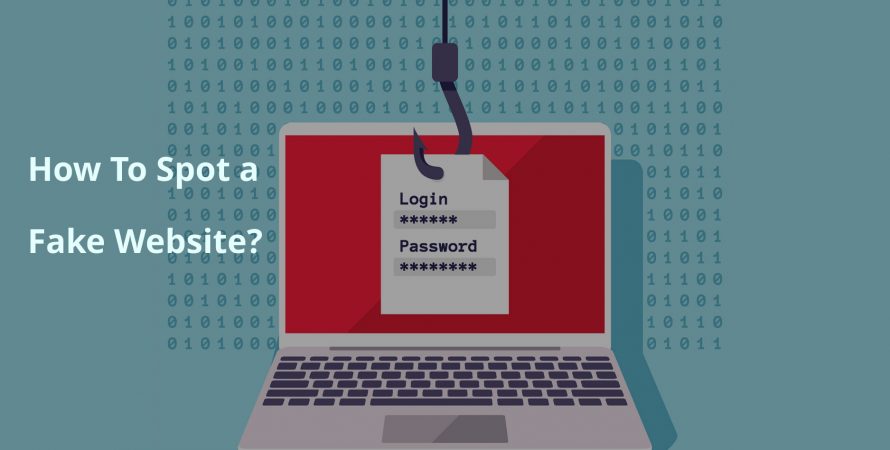Staying on Some Fake Website could result in your personal or financial information being stolen or your device becoming infected with a virus. It can be difficult to spot a fake, fraudulent or scam website. Fraudsters are extremely cunning and good at creating convincing websites. Take these Seven Simple steps to test whether a Website is Legitimate or not. We’ve got tips, tricks, and tools for checking a website’s legitimacy below.
1. Check the Address Bar On Your Web Browser If the Website Safe or Not.
The first thing you want to look for on a website is the https:// at the beginning of the address. The S in https:// stands for secure and indicates that the website uses encryption to transfer data, protecting it from hackers.
2. Look For The Website’s Owner or Any Other Contact Details
Who do not have Website Owner or any Other Contact details on their pages are most likely designed just to get customer’s information. Legitimate companies always have their office address, email, and contact number displayed on their website for customer inquiries. If the company is based in the USA, check if they have a physical office address.
If a website displays contact information but you still have doubts, give them a call and ask questions about their business.
3. Read some online Reviews
Look at Some Online reviews across a number of sources, such as WOWPilot, Feefo or Sitejabber, which aggregate customer reviews. Don’t look at just one review website – check several to avoid being influenced by. You should also check the company’s social media pages for recent activity and to see what other people are posting on their social channels.
4. Check a Website’s Privacy Policy
A website’s privacy policy clearly communicate how your data is collected, used, and protected by the website. Nearly all websites will have one, as they are required by data privacy laws in countries. A privacy policy indicates that the website owner cares about complying with these laws and ensuring that their website is safe. Be sure to look for one, and read it over, before giving your information to a website.
5. Double Check the Website’s Logos:-
Check sites for logos that indicate which security certifications a website has, For example. A scam site may copy and paste pictures of these logos on their sites. To check whether a certification is valid, click on the logo to see if it opens a new tab with details about the website’s security. If the logo is just a picture and not a button, it’s likely fake.
6. Check Website Ownership Information:-
To find out the registered owner of a domain or website, you can do a WHOIS search at sites like who-issearch.com. This lets you see who purchased the domain when it was created when it expires, and contact information about the registrant.
This lets you determine if the contact person is connected to the company represented on the site. You can use LinkedIn to verify this person’s identity.
7. Use only secure payment options
Shopping and Some other Websites should offer standard payment options, such as Credit cards, Debit Cards or PayPal. If a website requires you to use a wire transfer, money order, or other unsecured (and nonrefundable) form of payment, we recommend staying away from that Websites, even if the rest of the website looks legitimate.




